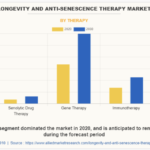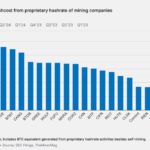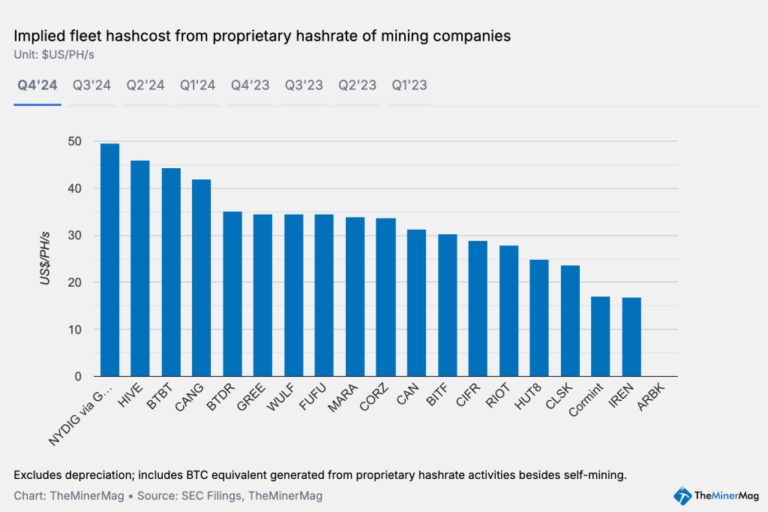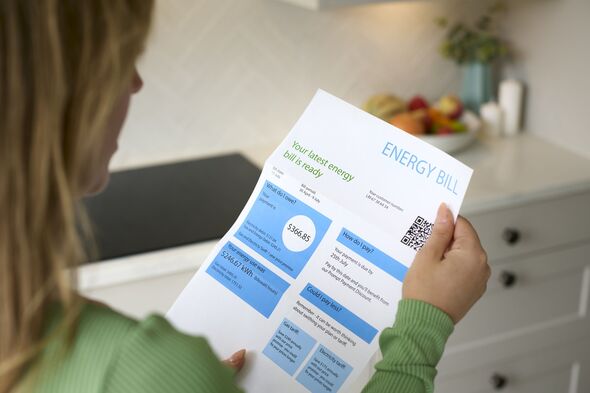Always a fan of browsing the key matters sections of auditors’ reports, page 163 of last month’s THG annual accounts caught our eye (emphasis ours):
In regards to the revenue from THG Ingenuity, the risk we have identified is split across both product revenues and other revenues (services, hosting) reported by THG.
As a result, we identified a potential risk of bias or fraud through management manipulation by manual adjustments, especially in the last quarter of the financial year. We have identified a potential risk of bias or fraud through management inappropriately classifying revenue to THG Ingenuity. We have also identified a risk of inappropriate recognition of THG Ingenuity contract revenue by manipulating the performance obligations against which revenue is recognised.
Once known as The Hut Group, THG is a controversial British tech-ish conglomerate that has not met the expectations of its much celebrated flotation at a £5.4bn valuation in 2020.
THG’s market capitalisation at pixel was sub-£800mn, following the recent announcement that it won’t sell itself to private equity group Apollo. Excitement about the potential bid may be why the auditor’s report went largely unread and unremarked.
The key matters section of such reports has been essential reading ever since PwC highlighted “commercial income” as a risk at Tesco in 2014, warning readers that the amount of revenue recognised from promotions, discounts and rebates from suppliers was “material” and “judgemental”.
PwC said then:
We focused on this area because of the judgement required in accounting for the commercial income deals and the risk of manipulation of these balances.
We mention Tesco and its subsequent accounting scandal purely as reason why investors pay attention to such things as a general matter, to be clear.
The key matter at THG highlights the group’s restructuring of reporting lines last year. THG Ingenuity is one of THG’s three divisions, the “operational infrastructure and digital hub” which supports the other two — Beauty and Nutrition — as well as being a “third party e-commerce solution” targeting what the annual report describes as a £277bn addressable market.
Following the restructuring, the annual report explains that “revenue is now recharged for the services that THG Ingenuity provides to the wider group.” As it happens, one of the services is “fraud management and detection”. See this graphic on page 33:
An operation that is both an ecommerce supplier to other retailers and a significant cost centre no doubt requires excellent management and internal controls to keep everything straight.
Helpfully, THG provides investors with a split of Ingenuity’s £160mn revenue, and its much larger £597mn of “internal revenue” that is eliminated on consolidation.
Investors can also rest easy in the knowledge that EY, having identified the risk of bias or fraud, took the following procedures:
We performed a walkthrough of each significant class of revenue transactions within THG Ingenuity or ‘Other revenue’ and assessed the design effectiveness of key controls.
For a sample of new contracts, we reviewed the terms of business and management’s assessment of how IFRS 15 is applied to the contract terms, including the identification of performance obligations and allocation of consideration to each performance obligation identified. We assessed the status of the project and whether the relevant site had ‘gone live.’ Where these projects were yet to go live, we understood the reasons and considered whether revenue had been recognised in line with IFRS 15. Our assessment included, but was not limited to:
– Variable consideration- Services which have been rendered at nil charge- Principal vs agent considerations- Consideration of whether any contracts contain embedded leases (IFRS 16).
For a sample of existing contracts, we enquired of the customer managers as to whether there had been changes in the contract terms, including changes in performance obligations and allocation of consideration to each performance obligation identified.
We tested a sample of other revenue transactions, agreeing the amounts to invoice, proof of service or cash receipt. For the items selected we tested that the correct amount of deferred revenue has been recognised at year-end. For these items we also tested the classification of the revenue by segment.
We challenged management on the classification of revenue as ‘Infrastructure’ and ‘Commerce’ revenue and ensured that different elements of THG Ingenuity are clearly articulated given external interest in this business.
We tested manual revenue journals at in-scope locations, understanding the reasons for the transactions and corroborating to appropriate evidence.
We tested these journals throughout the year, with increased focus on those booked in the last quarter of the year where we consider there to be a heightened risk of manipulation. We also selected a sample of transactions at random to build in an element of unpredictability to our testing.”
In its key observations communicated to the audit committee, EY identified “a reclassification for discounts amounting to £17mn” that was corrected by management, said it did not identify any other material misstatements in the revenue, and was “satisfied that the disclosures appropriately describe the classification of revenue and are also in compliance with IFRS 15.”
The firm’s opinion on the accounts was unqualified.
Further reading: — “We don’t think THG needs to raise capital but . . .” (FTAV)— Markets now – Thursday 27th August (FTAV)— BT’s enduring pension problem (FTAV)— Tesco: it was the internet wot dunnit (FTAV)















